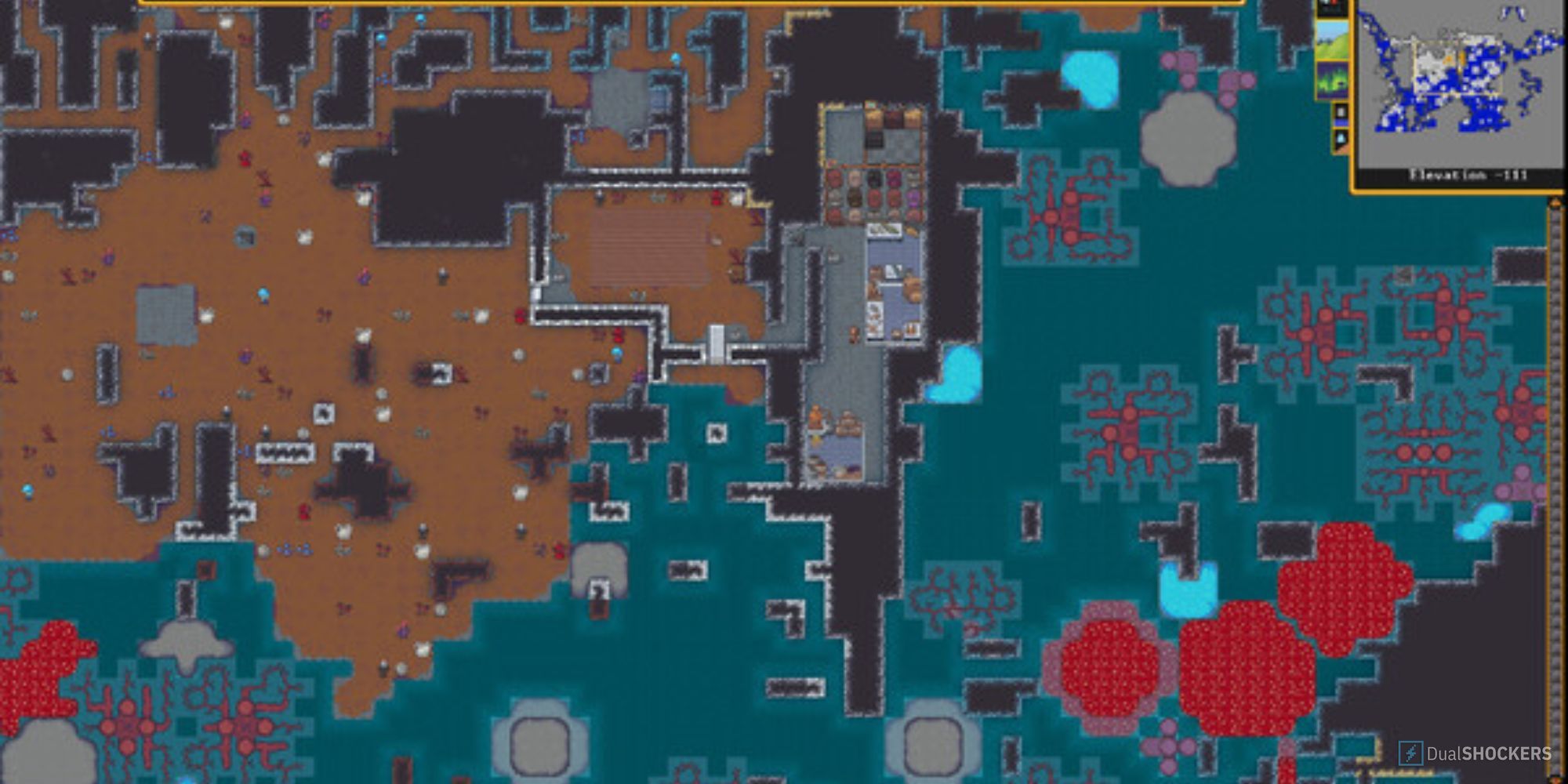Flux stones are a crucial category of geological material in Dwarf Fortress, essential for advanced metalworking, specifically the production of pig iron and steel. Without flux, a fortress cannot create its strongest metals for weapons and armor.
The Role of Flux Stones
Flux stones serve a vital purpose in the smelting process. When combined with iron ore and fuel (like charcoal or coke) in a smelter, flux enables the creation of pig iron. Pig iron is an intermediate product that can then be further processed with more iron ore and fuel (or just iron bars and fuel) to produce steel, the most durable common metal in the game.

- Pig Iron Production: Iron Ore + Flux Stone + Fuel = Pig Iron Bars
- Steel Production: Pig Iron Bars + Iron Bars + Flux Stone + Fuel = Steel Bars (or Iron Ore + Pig Iron + Flux + Fuel)
Effectively, no flux means no steel, significantly limiting a fortress's military capabilities and the value of its metal-based goods.
Common Types of Flux Stones
There are several types of stones classified as flux. The most common include:
- Marble: Often found in metamorphic layers, valued for its appearance as well as its flux properties.
- Limestone: A common sedimentary rock.
- Dolomite: Another sedimentary carbonate rock, similar in appearance and function to limestone.
- Chalk: A softer sedimentary carbonate rock, also effective as flux.
- Calcite: While not a "stone" layer itself, calcite can be found as veins within other stone types and serves as flux.
Any of these stones can be used interchangeably for flux purposes in a smelter.
Locating Flux Stones
Finding flux stones is a key early to mid-game priority for any fortress aiming for steel production.
- Embark Location: Check the pre-embark screen. If it lists "Shallow Metals" or "Deep Metals" along with "Flux Stone Layer," you are guaranteed to find some. The specific type (e.g., "Limestone") might also be indicated.
- Geological Layers: Flux stones typically occur in sedimentary layers. When digging, pay attention to changes in stone type. Using the 'k' (look around) command and examining newly revealed stone tiles will show their material.
- Prospecting: If your starting map doesn't explicitly show flux, you may need to dig extensively, exploring different Z-levels. Sometimes flux layers are deep or only present in small patches.
- Trading: In rare cases where no local flux is available, it can sometimes be acquired from caravans, though this is an unreliable source.
Using Flux Stones
Once quarried by miners, flux stones are stored in a stone stockpile. To use them:
- Ensure you have a Smelter built (b -> e -> l).
- You need a dwarf with the Furnace Operator labor enabled.
- Select the Smelter, choose 'Add new task', and then select 'Make pig iron bars' or 'Make steel bars'.
- The furnace operator will automatically gather the required iron ore, fuel, and one unit of any available flux stone to complete the reaction.
A sustainable supply of flux stone is paramount for a well-defended and prosperous fortress. Securing a source early on is a significant strategic advantage.











